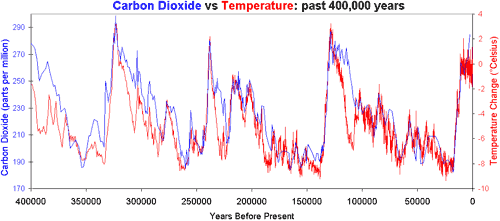Robert
Really nice Guy
- Mar 21, 2011
- 1,496
- 192
- 48
all about it on Friday.
Yes folks the insanity grows
Personally I think he's at fault for just being an idiot who believes his own Propaganda like his willing sheep.
Gore faults Obama on global warming | The Associated Press | News | Washington Examiner
Yes folks the insanity grows
Personally I think he's at fault for just being an idiot who believes his own Propaganda like his willing sheep.
Gore faults Obama on global warming | The Associated Press | News | Washington Examiner



